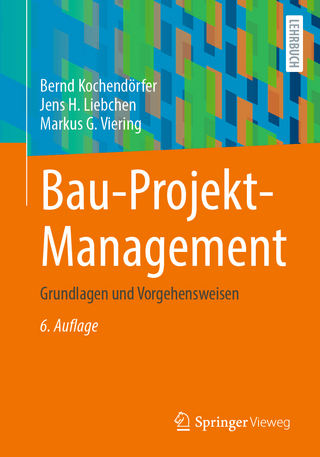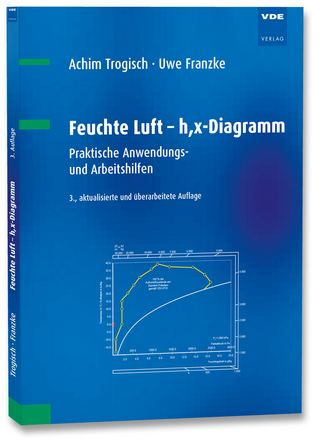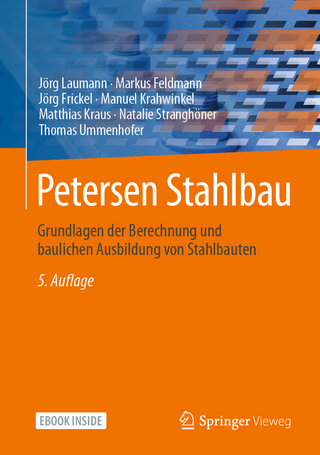
Innovative Earthquake Soil Dynamics
CRC Press (Verlag)
978-0-367-57332-4 (ISBN)
Innovative Earthquake Soil Dynamics deals with soil dynamics in earthquake engineering and includes almost all aspects of soil behavior. Both generally accepted basic knowledge as well as advanced and innovative views are accommodated.
Major topics are (i) seismic site amplification, (ii) liquefaction and (iii) earthquake-induced slope failure. Associated with the above, basic theories and knowledge on wave propagation/attenuation, soil properties, laboratory tests, numerical analyses, and model tests are addressed in the first part of the book. A great number of earthquake observations in surface soil deposits as well as case histories with new findings are addressed in the later chapters, together with associated laboratory test data. Most of the research results originate from Japan, which is rich in earthquake records and case histories, although mostly isolated from the outside world because of the language barrier.
Another important feature characterizing this book is an energy perspective in addition to the force-equilibrium perspective, because it is the author’s strong belief that energy is a very relevant index in determining seismic failures, particularly of soils and soil structures.
Innovative Earthquake Soil Dynamics is written for international readers, graduate students, researchers, and practicing engineers, interested in this field.
Prof. Takaji Kokusho is Professor Emeritus at Chuo University since 2015. He obtained his BS and MS degrees from the University of Tokyo, and a MS degree at Duke University, USA. He completed his PhD (Doctor of Engineering) at the University of Tokyo in 1982 on the topic of "Dynamic soil properties and nonlinear seismic response of ground.". Takaji worked at the Central Research Institute of Electric Power Industry (CRIEPI) between 1969 and 1995 as researcher, head, and director of Siting Technology for Earthquake Geotechnology. He wasProfessor at the department of Civil and Environmental Engineering at Chuo University between 1996 and 2015. In this time, he published more than 100 reviewed research papers in national and international journals and conference proceedings, and served as a chairman of Technical Committee No. 4 of ISSMGE (2005-2009), Earthquake Geotechnical Engineering, and Asian Technical Committee ATC3 of ISSMGE (1998-2005), and Geotechnology for Natural Hazards.
Preface
Chapter 1. Elastic wave propagation in soil
1.1. Introduction
1.2. One-dimensional wave propagation and wave energy
1.3. Three-dimensional body waves
1.4. Surface waves
1.5. Viscoelastic model and soil damping for wave propagation
1.6. Wave attenuation by internal damping
1.7. Wave attenuation including geometric damping
1.8. Summary
Chapter 2. Soil properties during earthquakes
2.1. Characterization of dynamic soil properties
2.2. How to measure soil properties
2.3. Typical small strain properties
2.4. Strain-dependent equivalent linear properties
2.5. Summary
Chapter 3. Soil modeling for dynamic analysis and scaled model test
3.1. Modeling of soil properties
3.2. Dynamic soil analyses
3.3. Scaled model tests and soil model
3.4. Summary
Chapter 4. Seismic site amplification and wave energy
4.1. Soil condition and site amplification
4.2. Amplification in two-layer system
4.3. Site amplification by earthquake observation
4.4. Site amplification derived from vertical array records
4.5. SSI and radiation damping in one-dimensional wave propagation
4.6. Energy flow in wave propagation
4.7. Summary
Chapter 5. Liquefaction
5.1. Typical Liquefaction Behavior
5.2. General conditions for liquefaction triggering
5.3. Geotechnical conditions for liquefaction triggering
5.4. Effect of gravels and fines
5.5. Liquefaction potential evaluation by in situ tests
5.6. Energy-based liquefaction potential evaluation
5.7. Effect of incomplete saturation
5.8. Effect of initial shear stress
5.9. Cyclic softening of clayey soils
5.10. Liquefaction-induced failure and associated mechanism
5.11. Base-isolation during liquefaction
5.12. Summary
Chapter 6. Earthquake-induced slope failures
6.1. Slip-surface analysis by seismic coefficient
6.2. Newmark method
6.3. Self-weight deformation analysis using degraded moduli
6.4. Energy-based slope failure evaluation
6.5. Case histories and back-calculations by energy-based method
6.6. Summary
| Erscheinungsdatum | 01.07.2020 |
|---|---|
| Verlagsort | London |
| Sprache | englisch |
| Maße | 174 x 246 mm |
| Gewicht | 453 g |
| Themenwelt | Technik ► Bauwesen |
| Technik ► Elektrotechnik / Energietechnik | |
| Technik ► Maschinenbau | |
| Technik ► Umwelttechnik / Biotechnologie | |
| ISBN-10 | 0-367-57332-6 / 0367573326 |
| ISBN-13 | 978-0-367-57332-4 / 9780367573324 |
| Zustand | Neuware |
| Haben Sie eine Frage zum Produkt? |
aus dem Bereich


